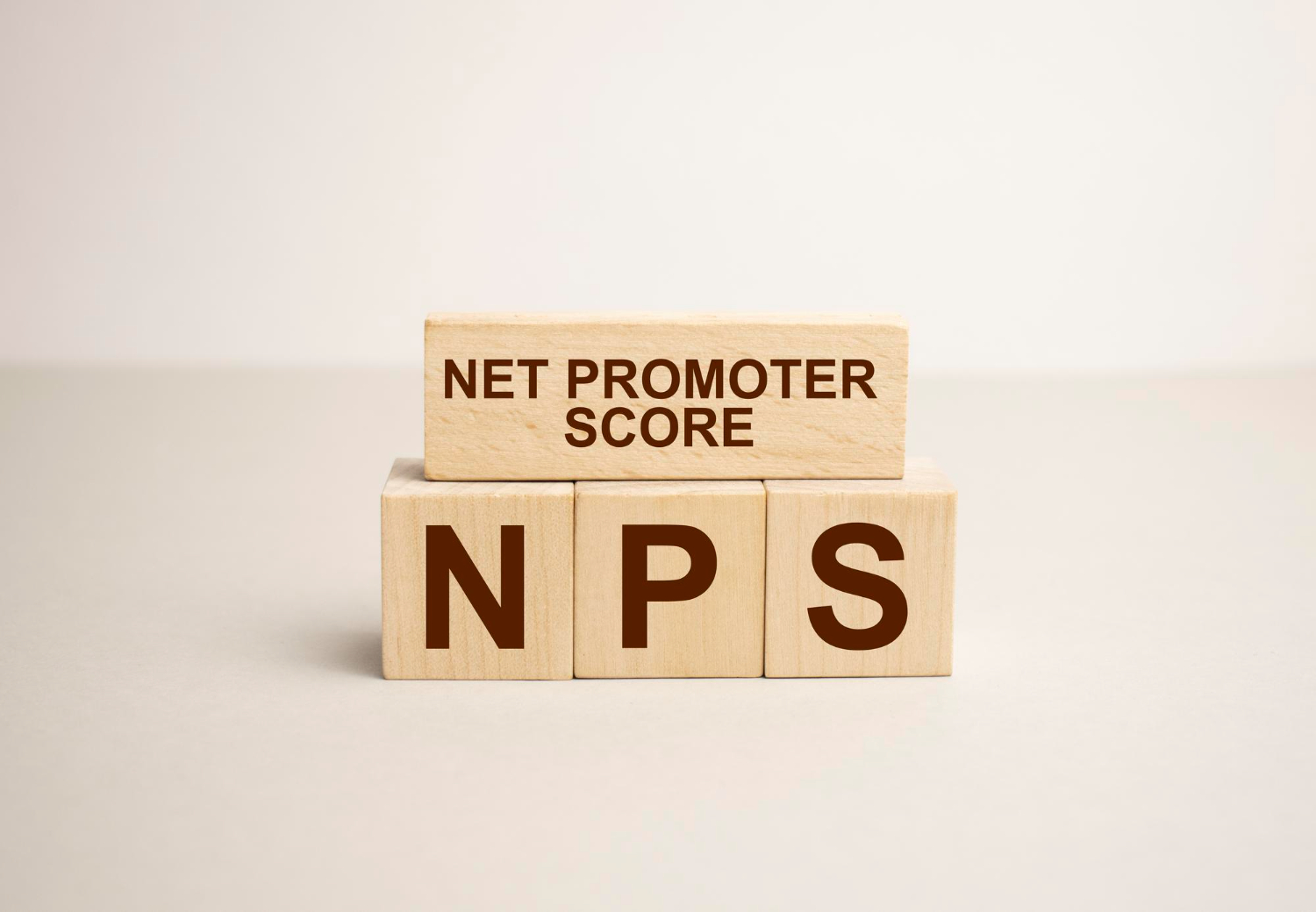A stream of bad reviews or customer churn can break any SaaS.
If you are in a SaaS business, you must be knowing how important is a high retention rate and positive word of mouth for survival.
Generally speaking, unless you have a good number of happy subscribers willing to recommend you, your growth chances are very less.
However, it is one thing to know all this and another thing is that you should keep track of customer loyalty and customer satisfaction. And to measure them, you need a good metric for the job. Namely, the Net Promoter Score (NPS).
What is Net Promoter Score (NPS)?
Net Promoter Score (NPS) surveys are a great feedback tool for a company that wants to measure and improve its relationship with its customers. But many of them don’t know how to use them in the right way.
Boost your customer satisfaction today!❤️
Discover our top 5 NPS survey best practices to drive real results with piHappiness
To retain customers, companies try to increase the value of their items and provide an exceptional customer experience so that customers are not only loyal to you, but refer and recommend your company to others. One might want to measure and achieve this kind of loyalty using NPS survey.
How to Calculate NPS?
NPS survey can be divided into detractors (who choose score between 0 to 6), passives (7 to 8), and promoters (9 to 10). To calculate NPS, you have to deduct the percentage of detractors from that of promoters.
If you gather a lot of responses, you can use NPS calculator or can use your NPS survey software that will do all the calculations for you.
Why Measure NPS as a SaaS Business?
Works Well as an Online Survey
Net promoter score works very well as an online survey.
You can send surveys via your website, by email or inside your product. The latter works well for SaaS businesses, particularly. NPS let you catch your clients at the right time and place – when they are already engaged with your product.
And with the right NPS survey tool, you can fully automate the survey process. Triggering surveys on specific pages or creating an automated email process seems easier than calling every customer.
It is Easy to Check & Compare
The Net Promoter Score is measured using a simple survey. It does not require a team of trained researchers, making it a perfect choice even for small SaaS teams. Analyzing NPS survey data is also easy.
Another advantage of the Net Promoter Score is its popularity. Chances are there that at least some of your competitors might get afraid of it. You will quickly find benchmarks and industry averages that you can compare your score to.
You will find out if your customer success program is following your niche criteria. Or maybe even better, you can turn the loyalty of your Stellar customers into a USP.
It Help Predict Growth & Customer Churn Rate
When you know your current number of detractors and promoters, you will be able to predict your growth and customer churn better.
You will find that your customers are more likely to leave a good word about you or leave soon.
How to Take NPS Survey for SaaS?
There are different ways to do NPS analysis for SaaS businesses. Many options allow you to connect with customers on a preferred NPS survey platform.
Here are some common methods to try:
Website: Take NPS survey SaaS-centric feedback using the website’s live chat tool. You can embed surveys, trigger pop-up surveys, add feedback buttons, and more. One of these examples would be website exit analytics where you can track website users’ activity using heatmap analytics and trigger surveys based on their intent to exit.
Email: Automate email survey triggers by integrations and collect feedback data easily. You can use email survey tools that provide workflows to update automated emails based on user feedback from other channels.
SMS: SMS is a great survey channel that can give you high response rates and effective response points. You can set up Salesforce SMS surveys to sync your feedback data for easy management and analysis.
Mobile/In-app: You can collect in-app surveys from mobile devices and send NPS surveys based on your customers’ journey and product interactions. You can participate in specific surveys to calculate your NPS score.
5 NPS Survey Best Practices to Boost Success
Match the NPS Frequency to the Survey Type
The ideal frequency for NPS reviews relies upon the type of questionnaire you are sending:
Relationship NPS – This is a customer survey type that measures the overall satisfaction with your brand, product or service.
Transactional NPS – For this situation, notwithstanding, the NPS estimates consumer loyalty after a particular occasion, as support interaction or so.
With relationship NPS, you can send the survey at any time, because the idea is to see whether the individual is happy with
However, you should only send a transactional NPS survey after someone completes a specific brand relationship. For example, you can send it when their support ticket is closed. Or add a link to the survey in the post chat message shown after someone gets live chat support.
Send Relationship NPS Surveys at Predefined Intervals
Here are the best times to send a NPS survey:
3-5 days after free trial for SaaS business and free trial version. Only send this survey to users who canceled the trial or did not upgrade to the paid version.
30 days after first change for a SaaS business with a monthly billing schedule. Send these surveys to clients who have upgraded from a free trial or signed up for a paid version if you have a freemium SaaS application.
Every 3, 6 or 12 months, measure the loyalty and satisfaction of your employees, regardless of your business type.
3-5 days after the start of the new main plan, redesign or pivot.
Send Value-Based NPS Surveys After Meaningful Interaction With Your Brand
For value-based NPS surveys, the best timing is after each significant exchange. This is not only applicable to e-commerce companies, where transactions are the actual purchases.
In SaaS organizations, any significant interaction can be viewed as a transaction, whether it’s a sign-up or a visit with your client support team.
The best suitable time for sending conditional NPS overviews is:
With the order confirmation email or within 1- 2 days of placing an order.
With the delivery confirmation email – if there should be an occurrence of actual products – or inside 1- 2 days.
1- 2 days after a client support ticket is answered and closed.
1- 2 days after deals contact.
The key here to send the surveys veritably not long after the connection when the experience is still new in the replier’s mind.
Section Clients to Get More Applicable NPS Data
In spite of the fact that relationship NPS surveys can be shipped off all clients, it doesn’t necessarily in all cases seem OK to do as such.
For B2B SaaS products, the end-client may not be the leader, and there may be various clients under one account. In this manner, NPS best practices are as per the following:
For transactional NPS surveys in regards to product features, focus on the end users.
For transactional inquiries in regards to pricing, renewals, or sales performance, focus on the leaders assuming that they are your contact people and the end-clients in any case.
For NPS surveys assessing the presentation of your client support team, focus on the end-clients assuming they’re your contact individual inside the organization. In any case, focus on the leaders.
Send Surveys at the Perfect Time
The most widely recognized question utilized in NPS surveys is: “How probably would you say you are to prescribe our product to a companion or partner?
This can be shipped off to clients through email yet can be measured inside your product moreover. With Purifier, for instance, you can make onsite and in-application NPS surveys to gather data from additional clients and paying customers.
While this question is very standard, your NPS follow-up questions ought to be altered in view of your objective.
Assuming you’re circling back to your detractors, you need to realize the reason why they wouldn’t suggest your product, so you can pose questions like:
We might want to understand what we can improve. Do you have couple of minutes for a short call?
We’re truly giving our all to offer our clients an extraordinary experience! Could you at some point let us know in on which region of our service were confusing and why?








